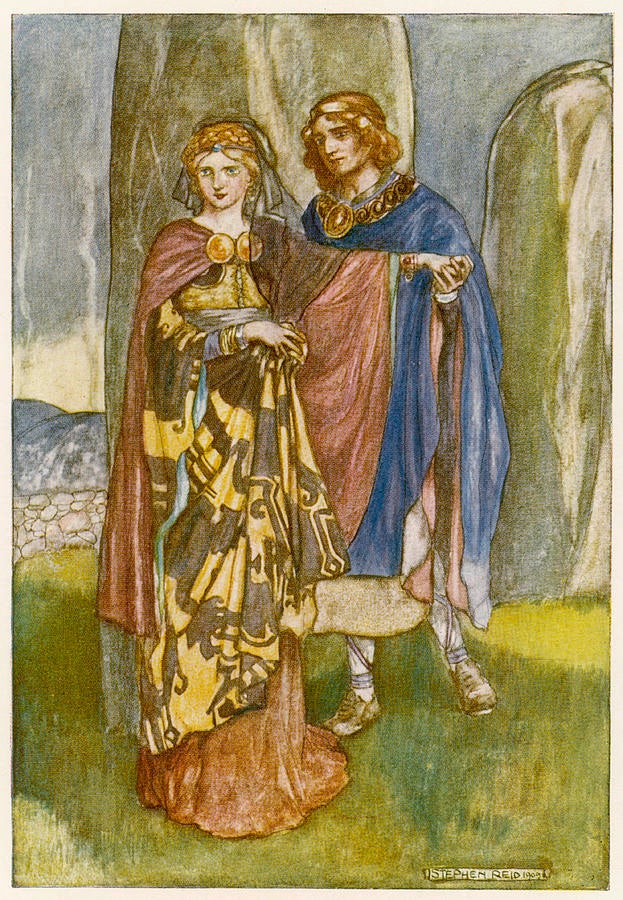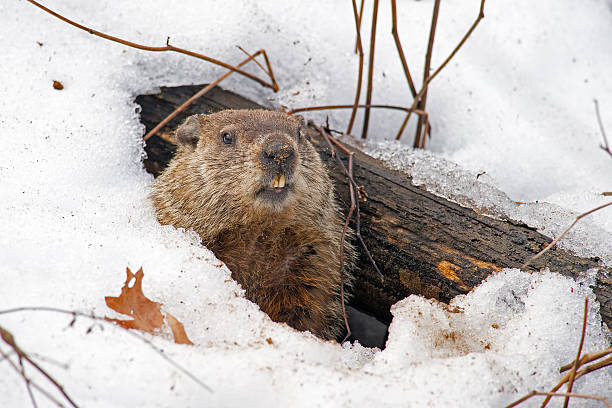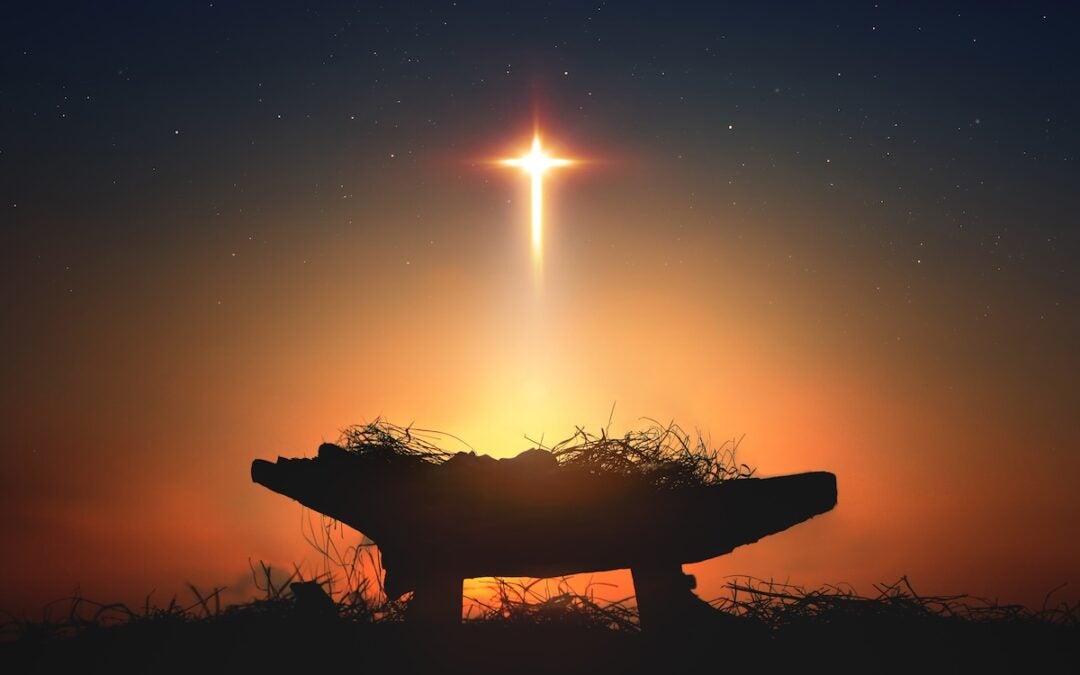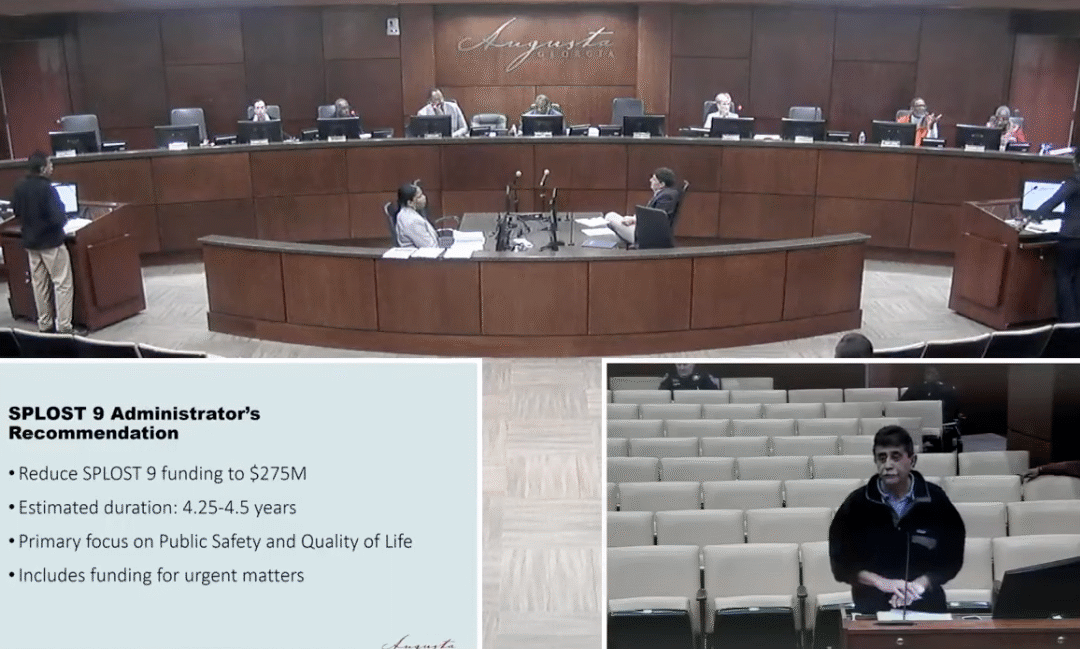Groundhog Day is probably the most tongue-in-cheek celebratory day on the calendar, second only to April Fools Day, and most people do not know the origin of watching a rodent’s behavior to predict the weather.
Groundhog Day, on its face is about as ludicrous as the classic comedy by the same name, but the real Groundhog Day came about long before the movie did.
Actually, the observance of a “groundhog” day predates Christianity and is tied to festivals from antiquity.
The date of Feb. 2 falls on the midpoint between Winter Solstice and Spring Equinox and the date was once the kickoff to a Celtic festival called Imbolc, according to Don Yoder, writing in his book “Groundhog Day.”
MORE: Commissioners vote on Weed School purchase, discuss Land Bank structure
The purpose of the festival, Yoder writes, was to celebrate the impending end of winter with offerings to deities and feasts in the hopes winter would end early and allow for early planting.
As Christianity began to replace Paganism, the festival became known as “Candlemas,” which would begin on Feb. 2 when the faithful would bring the newly made candles for the year, generally a winter activity that could be conducted indoors, to be blessed by the local priest.
Many modern people look upon the Middle Ages as the so-called “Dark Ages” where people lived in squalor, were tied to the ground which they lived and did nothing but work sun-up to sun-down hoping they didn’t catch the Black Death; however, that revisionist history is not true.

According to The Atlantic, Medieval people had more days off and holidays per year than modern people, and the rich, as well as the poor, took every opportunity they had to throw a weeklong party.
In England, crowds would gather at the pubs and sing a tune to invite in spring.
“If Candlemas be fair and bright,
Come, Winter, have another flight;
If Candlemas brings clouds and rain,
Go Winter, and come not again.”
As time went on, people began looking for ways to predict the future weather with folklore that stated a sunny Feb. 2 meant another month of snowfall.
In 1523, poet John Skelton wrote, “Men were wonte for to discerne. By candlemas day what wedder shulde holde.”
It was the early Germans that came up with the idea of watching the actions of a rodent to determine whether the weather would remain windy and raw or become warm and rejuvenative.
The animal in question was the hedgehog, and villagers would gather to watch if the hedgehog saw its shadow and scurried back into its den to hibernate some more before they all hefted large steins of bier.
As Europeans began to migrate to America, the separate groups brought many of their regional festivals and holidays with them, and it was the Pennsylvania Dutch that popularized Groundhog Day in the new world.
The immigrants did run into one small problem in resurrecting the festival day; there are no hedgehogs in North America, so the groundhog was chosen in its place. According to the Punxsutawney Groundhog Club, the first official observance was held in 1886.
Over time, “Groundhog Lodges,” organizations that preserve the language and culture of the Pennsylvania Dutch, sprang up and continue on to this day. At the meetings, which are called “versammlung,” members speak only Pennsylvania Dutch.
According to the Library of Congress, versammlung members are actually fined if they slip up and speak English.
While there are few Pennsylvania Dutch speakers in the South, the tradition of Groundhog Day did move to the South in 1981 and now many regions have their own groundhog predictor and there is also now a national groundhog predictor, Potomac Phil.
All sources indicate there is basically a 50-50 chance of groundhog accuracy and that could be because the animals come out of the safety of their dens and see people, a potential predator, not their shadow.
Groundhogs, while cute and cuddly, apparently make for a good meal. Cooking maven Irma Rombauer even included a recipe for the creature in her famous book “The Joy of Cooking.” Whether the inclusion of the recipe was tongue-in-cheek is anyone’s guess.
…And that is something you may not have known.
Scott Hudson is the Senior Investigative Reporter and Editorial Page Editor for The Augusta Press. Reach him at scott@theaugustapress.com












